When I uncover subconscious patterns in leadership through my coaching, we often explore common emotions like anger and sadness. However, there are deeper nuances between these emotions, like shame, and this is the heart of the work I’ve been doing through the ORIN program and with the leaders I collaborate with.
Behind leadership drive lies a shadow. Behind the shadow lies shame.
And shame is… shameful.
With this post, I invite you to examine the shadows in your leadership as you continue your journey of self-awareness. Maybe you’ve already recognized them but have pushed them away for years. One way or another, those hidden shadows will find a way to manifest in your leadership and your organization.

Recognizing the Shadows
Here are some examples of how these shadows might show up:
- The need to always feel “in control” of the situation, people, or outcome.
- A subconscious drive to dominate—choosing control and power over vulnerability. At its core, this may stem from a fear of being dominated, leading to behaviors that can verge on bullying.
- Seeking validation and acceptance through a leadership position—using authority as a means to be acknowledged, rather than being valued for who you truly are.
Does any of this sound familiar?
If so, there is no need for shame. We all have shadows.
If you think you don’t, it may be because you haven’t looked closely enough—or have chosen to keep them buried. But is that the responsible thing to do as a leader, when others trust you to guide a business, a vision, and sometimes even their livelihoods?
The Leadership Dilemma
One of the biggest questions that arise when we examine our shadows is: Would we have achieved all we have if not for them?
Shadows and traumas are powerful fuel for high achievers and entrepreneurs. Many leaders fear that by confronting these patterns, they might lose a part of themselves—their ambition, their resilience, their so-called “superpower.” They worry that healing will strip them of their drive, even if that drive comes at the cost of true fulfillment.
But here’s the truth: If left unexamined, these shadows don’t just affect you. They start to affect others, perpetuating cycles of shame and dysfunction in an organization. As leaders, this is a moment of responsibility worth reflecting on.
My Own Shadows in Leadership
As far as I could remember, I have always been drawn to leadership, driven by a desire to create change. But why?

Much of my childhood then adulthood revolved around the abuse of power—whether from a parent, a bullying kid, a boss, an authority figure... The Vietnam War, and the subsequent takeover by communists forcing my parents to find refuge in France, reinforced this narrative of fight or flight against power. Naturally, my adult life became a quest to correct the imbalance of justice I or my parents had witnessed.
And what better way to influence change than by gaining power?
For years, I told myself a narrative: I would be the “good” leader, the one who protects the team from the “bad” forces—whether that was upper management, investors, the market, or oppressive systems. This mindset helped rally teams together, but it also created an unintended consequence: division within the organization rather than unity toward a shared mission.
The Shadows of “Good” Leadership
This type of leadership, despite good intentions, carried its own set of shadows:
- Overprotecting the team, assuming the role of a savior rather than giving them space to grow and think critically.
- Fostering resentment toward authority figures, clouding my judgment of what was best for the company as a whole versus my personal aversion to power.
- Falling into the Drama Triangle, oscillating between victim, rescuer, and persecutor—roles that can keep me trapped in a vicious cycle rather than leading from a place of clarity and empowerment.

Through coaching and therapy, I began recognizing and breaking these patterns. As Liz Wiseman describes in Multipliers, leaders who rescue too much can unintentionally become “Accidental Diminishers,” limiting the potential of their teams rather than amplifying it.

Breaking the Cycle
The way out is to step out—to stop participating in the unconscious play. Moving away from the Drama Triangle to An Empowerment Dynamic by coaching your team and taking responsibility.
By becoming aware, we can shift our leadership dynamic from control and fear to empowerment and trust.

So, back to the leadership identity (crisis) question:
Can we lead well without relying on shame and shadows?
Can successful leadership exist without these hidden patterns?
Absolutely.
When we shift our drive from fear to purpose, we unlock a force that is not only powerful but sustainable. It is time to redefine leadership and break the cycles that have caused harm in organizations for too long.
The choice is yours.




















.jpeg)


